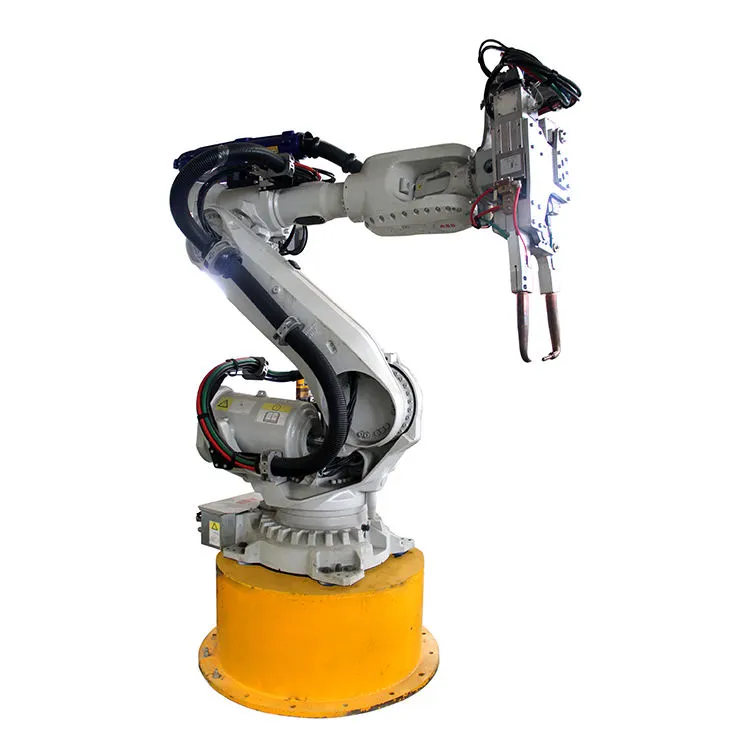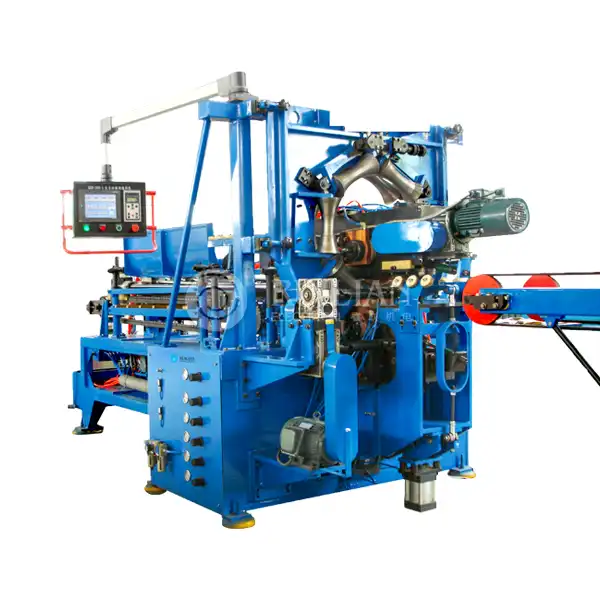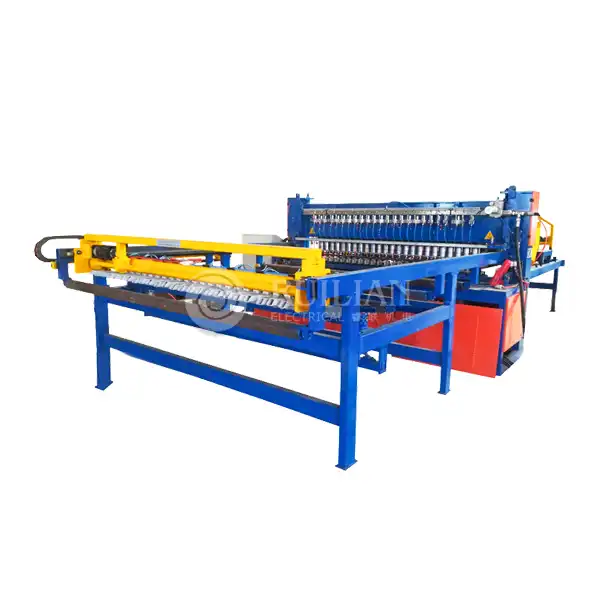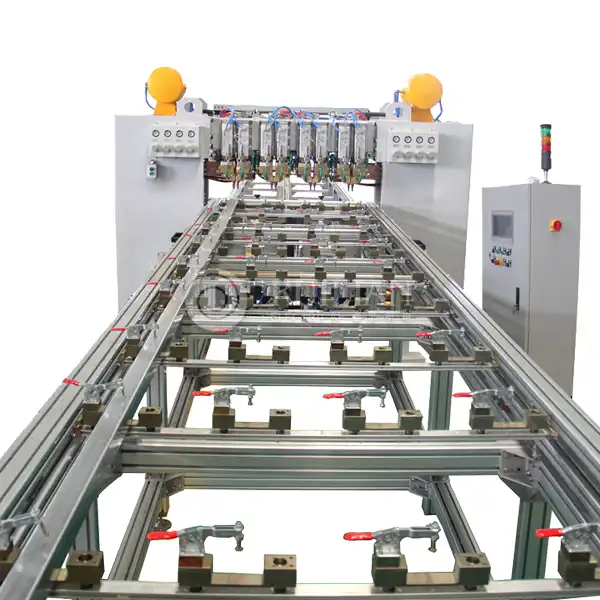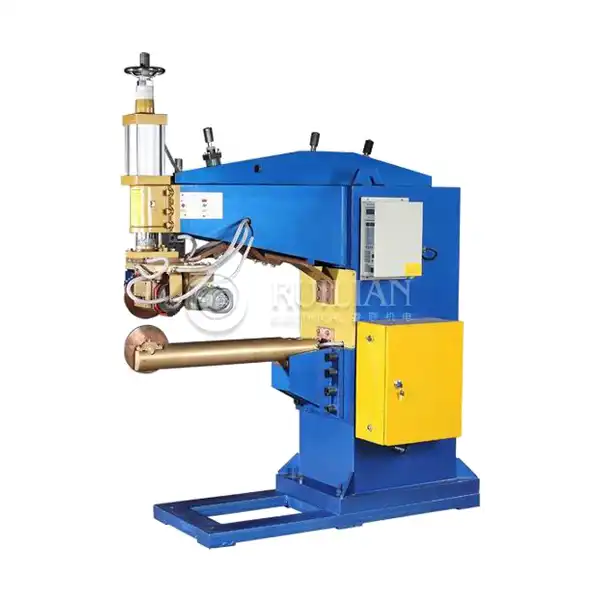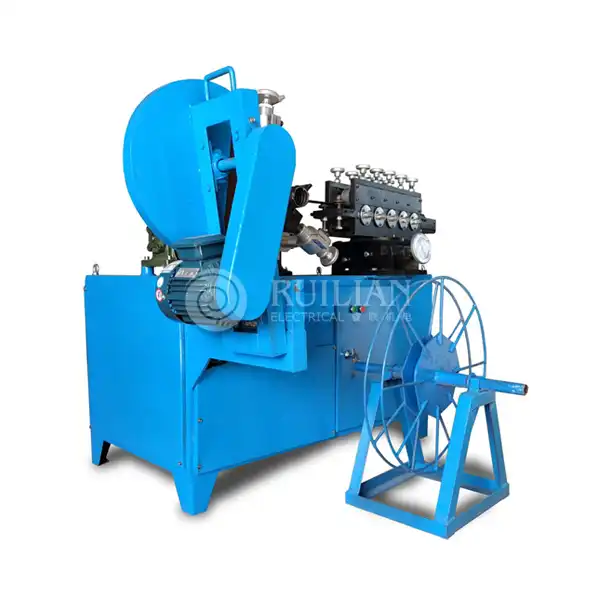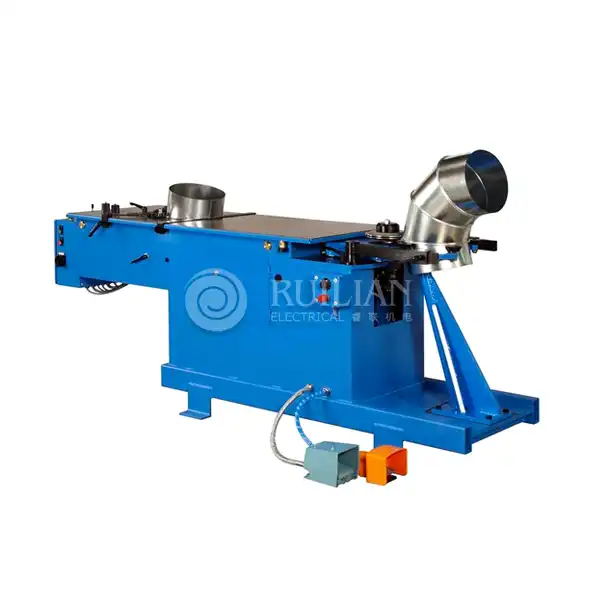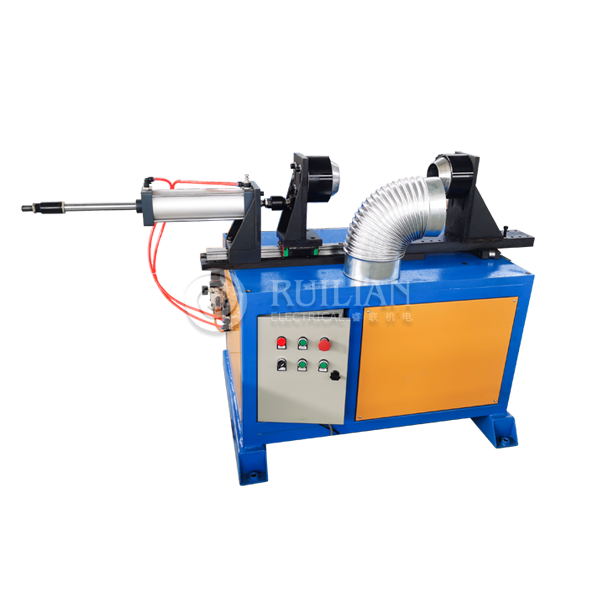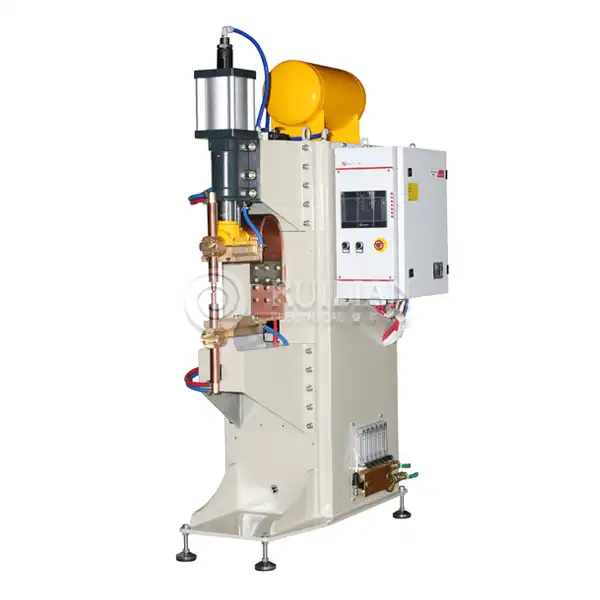Understanding Volts and Amps in Welding
Before diving into the specifics of checking volts and amps, it's crucial to understand what these measurements represent in the context of welding. Voltage, measured in volts (V), is the electrical pressure that drives the current through the welding circuit. Amperage, measured in amperes (A), is the amount of electrical current flowing through the circuit.
In welding, voltage influences the arc length and width, while amperage affects the penetration depth and deposition rate. Balancing these two parameters is essential for achieving high-quality welds, especially when using specialized equipment like a Resistance Straight Seam Welding Machine.
Different welding processes and materials require varying voltage and amperage settings. For instance, thin materials typically require lower amperage to prevent burn-through, while thicker materials need higher amperage for proper penetration. Similarly, certain welding techniques, such as those used in a Resistance Straight Seam Welding Machine, may have specific voltage and amperage requirements to ensure optimal seam quality.
Methods for Checking Volts and Amps on Welding Machines
There are several methods to check volts and amps on a welding machine, ranging from built-in displays to external measuring devices. Let's explore these options in detail:
1. Built-in Digital Displays
Many modern welding machines, including some Resistance Straight Seam Welding Machines, come equipped with built-in digital displays that show real-time voltage and amperage readings. To check these values:
- Ensure the welding machine is properly set up and connected to power.
- Turn on the machine and allow it to initialize.
- Locate the digital display on the control panel.
- Observe the voltage and amperage readings on the screen.
- Some machines may require you to press a button or toggle a switch to alternate between voltage and amperage displays.
These built-in displays offer convenient and accurate readings, making them ideal for quick checks during welding operations.
2. External Digital Multimeter
For welding machines without built-in displays or when you need to verify the accuracy of built-in readings, an external digital multimeter can be used. This method is particularly useful for older machines or when troubleshooting electrical issues. To check volts and amps using a multimeter:
- Set the multimeter to the appropriate measurement mode (voltage or current).
- For voltage measurement, connect the multimeter probes to the output terminals of the welding machine.
- For current measurement, use a clamp-on ammeter attachment or connect the multimeter in series with the welding circuit (this may require professional assistance).
- Turn on the welding machine and observe the readings on the multimeter display.
- Take multiple readings to ensure consistency and accuracy.
When using a multimeter, always follow proper safety procedures and consult the user manual for specific instructions related to your stitchwelder model.
3. Remote Monitoring Systems
Advanced welding setups, especially those involving automated processes like Resistance Straight Seam Welding Machines, may incorporate remote monitoring systems. These systems allow for real-time tracking of voltage, amperage, and other welding parameters from a centralized control station. To use a remote monitoring system:
- Ensure the welding machine is properly connected to the monitoring system.
- Access the monitoring software or interface on a computer or dedicated control panel.
- Navigate to the section displaying voltage and amperage readings.
- Monitor the values in real-time as the welding process occurs.
- Some systems may allow for data logging and analysis of voltage and amperage trends over time.
Remote monitoring systems offer the advantage of continuous observation without the need to approach the welding area, enhancing safety and efficiency in large-scale operations.
Importance of Regular Voltage and Amperage Checks
Consistently monitoring volts and amps on your welding machine, whether it's a standard unit or a specialized Resistance Welding Machine, is crucial for several reasons:
- Quality Control: Proper voltage and amperage settings ensure consistent weld quality, reducing the risk of defects and rework.
- Equipment Longevity: Operating within the correct electrical parameters helps prevent overheating and extends the life of your welding equipment.
- Energy Efficiency: Optimized voltage and amperage settings can lead to more efficient energy consumption, potentially reducing operating costs.
- Safety: Regular checks can help identify potential electrical issues before they become safety hazards.
- Process Optimization: Understanding and fine-tuning voltage and amperage settings can help improve welding speed and productivity, especially in automated processes like those used in Resistance Straight Seam Welding Machines.
By incorporating regular voltage and amperage checks into your welding routine, you can ensure optimal performance, safety, and efficiency in your welding operations.
Conclusion
Checking volts and amps on a welding machine is a fundamental skill for any welder or welding operator. Whether you're working with a basic welding unit or a sophisticated Resistance Straight Seam Welding Machine, understanding and monitoring these electrical parameters is crucial for achieving high-quality welds and maintaining equipment performance.
By utilizing built-in displays, external multimeters, or advanced monitoring systems, you can ensure your welding operations remain within the optimal range for voltage and amperage. This attention to detail not only improves weld quality but also contributes to safer, more efficient welding processes across various applications and industries.
For more information on welding equipment, including specialized machines like Resistance Straight Seam Welding Machines, or to explore our range of welding solutions for various industries, please don't hesitate to contact us at ry@china-ruilian.cn or view our website: www.rlseamwelding.com. Our team of experts is ready to assist you in optimizing your welding processes and equipment selection.


